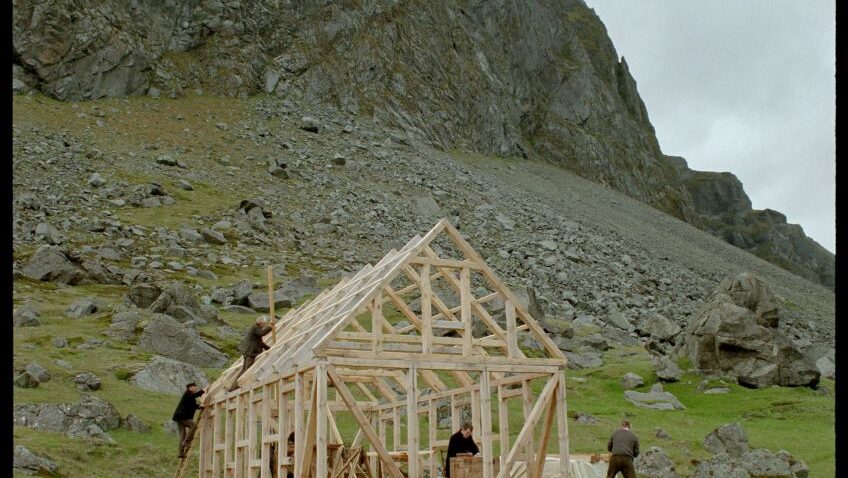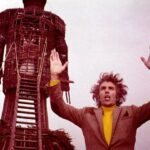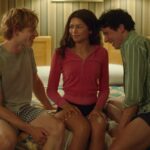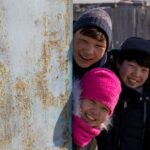Joyce Glasser reviews Godland (April 7, 2023) Cert 12A, 143 mins. (in cinemas and on Curzon home cinema)
Around the time Icelandic priest and composer Matthías Jochumsson wrote the heavily religious lyrics for his country’s future National Anthem, Lofsöngur or Ó Guð vors land (Oh God of our Land), the Lutheran priest Lucas (Elliott Crosset Hove) is being tested by his God in a mission to build a church in a windswept Icelandic hamlet. As Icelandic writer-director Hlynnur Pálmason has suggested in his previous films, A White, White Day and The Winter Brothers, enduring the Icelandic weather takes fortitude.
But despite the breath-taking, awe-inspiring scenery captured by cinematographer Maria von Hausswolff, and the stunning sound design, Godland is more a rumination on Iceland’s colonial past than a travelogue. Language and culture divided the two countries more than land or climate. Yet while home rule was established in 1874, Iceland did not become a sovereign state until 1944.
A caption tells us that a wooden box was found in Iceland containing 7 wet plate photos taken by a Danish priest and that these are the first images of the southeast coast of Iceland. The film is inspired by the photographs, but the rest is fiction.
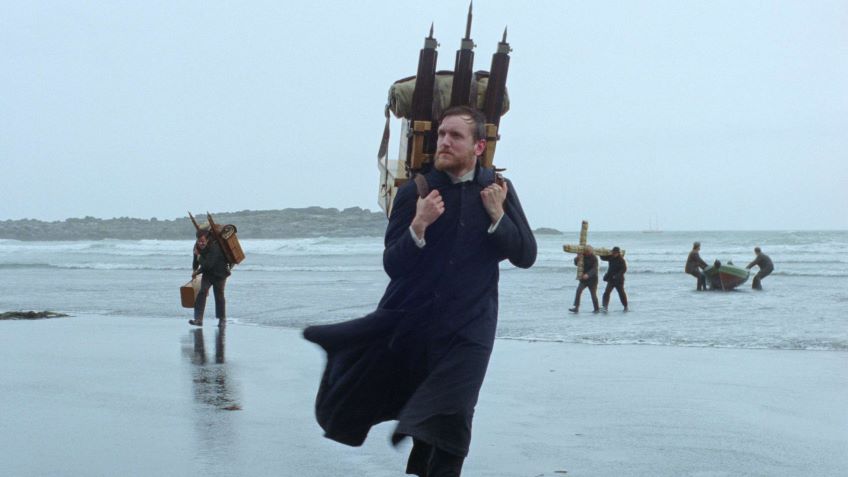
Young, willing, confident and trusting in the will of God, Lucas bounds up the stairs to where his Church superior is stuffing his face with luncheon for one. ‘You must adapt to the circumstances of the country, otherwise your task will come to nothing,’ he warns Lucas, as though he knows the foibles of this “younger, healthier version” of himself.
For the audience, these words are foreshadowing, as is the warning about the active volcanoes that emit a stench so foul and overwhelming “that people lose their minds.” It is no spoiler to say that over the next two hours we see exactly how it is done.
Elliott Crosset Hove is such perfect casting that he makes it easy for us. He would be a good choice to portray Vincent Van Gogh, too, with his lanky, rigid frame, intense but somehow elsewhere gaze, his fair hair and complexion and unhinged demeanour. His Lucas always looks stunned. Like Van Gogh Lucas is well read. He annoys the Icelandic guide with the number of books he is hauling across Iceland, along with his photography equipment.
But unlike Van Gogh he’s not adroit with languages. The Church has paid for a translator to accompany the trip but on the first leg of the journey, a choppy sailboat trip to the southeast shore, the lessons aren’t going well. Complaining about all of the Icelandic words for rain, he asks, ‘why don’t you just make up your mind.’
Meanwhile, the rugged, experienced Icelandic guide Ragnar (Ingvar Eggert Sigurðsson) who is never without his adorable furry dog, probably knows more Danish than he cares to speak. He does not seem keen on the Danish Church either. When Lucas introduces himself as the priest, Ragnar mutters in Icelandic, ‘the Danish Devil.’ Both men will come to use language as a barrier and in one dramatic river crossing, when the translator falls off his horse as a weapon.
As a land guide there are few who know the territory better than Ragnar. If Lucas is helpless, Ragnar is resourceful. Most of the first half of the film follows the perilous traipse on horseback across Iceland to the village where Carl (Jacob Lohmann) an intelligent, self-sufficient, bi-lingual Danish widower and his two daughters, Anna (Vic Carmen Sonne) and Ida (Ida Mekkin Hlynsdottir) live off the land and the sea. The community is sizeable enough to form a parish and warrant a church.
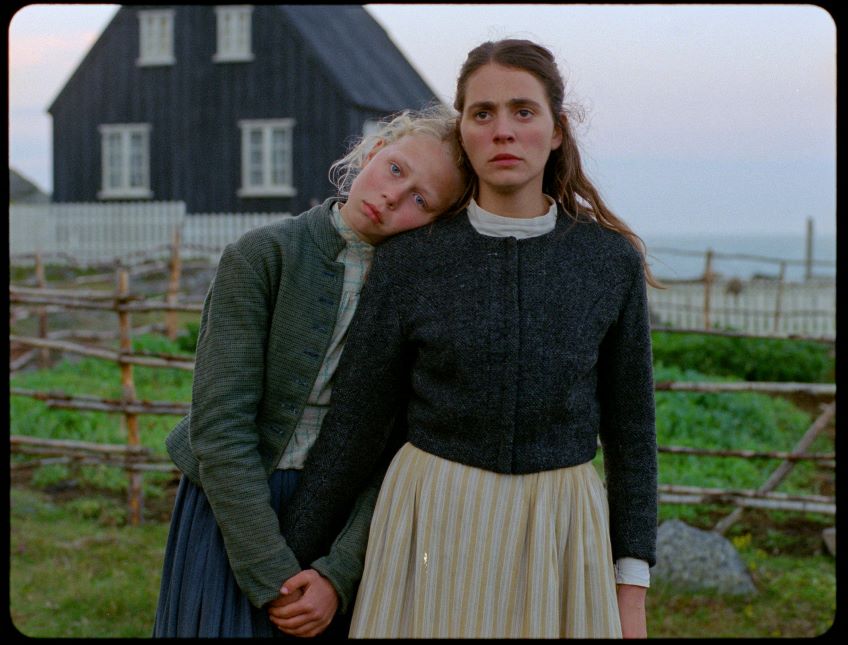
When Lucas finally arrives at the hamlet he is close to death. The lack of sleep due to the midnight sun plays a part as Lucas had been warned. Carl credits Ragnar with saving Lucas’s life and with building the church that will be ready by winter.
Still, Lucas’s hostility toward the ambiguous older man increases as he courts Anna and charms her precocious younger sister Ida. It is almost as if once Lucas gets into a predominantly Danish speaking settlement he resorts to the superiority of the colonialist conquerors.
Anna does not have many men to choose from and seems to be the proactive one in their relationship. When she tells him she speaks Icelandic but prefers Danish, he grows closer to her. All Ragnar wants from Lucas before he heads back to his home for the winter, is a photograph, the kind Lucas is taking of Anna before he claims to run out of silver. Anna wants a ticket back to the homeland she left when she was six. For Ida, with her light yellow hair and white eyebrows and her skills riding her rugged pony, Iceland is home, and she becomes Lucas’s new translator.
But Lucas is not charming Anna’s father, Carl. One of the first questions he asks Lucas is why he didn’t just sail to the hamlet, saving time and effort. Carl is the practical type, and it does not escape him that Lucas is rather useless. When Ida asks her father if he thinks Anna will marry the priest, he replies, ‘we don’t need men like that.’ He is not referring to men of God. Carl is not impressed when Lucas refuses to marry a young couple because the church is only half-finished. He is even less impressed that when the Church is completed, full of parishioners awaiting a sermon, the priest is unable to pray.
If Pálmason indulged in time lapse photography in A White, White Day, it is used here sparsely and effectively, particularly to resolve a subplot, the mystery of Lucas’s missing pony, and then the mystery of Lucas himself. This brings us back full circle to the discovery of the wooden box of photos.
It is worth the long journey, even if the protagonist is not someone you want to spend any time with, the pace is trying and the outcome is intentionally predictable.

